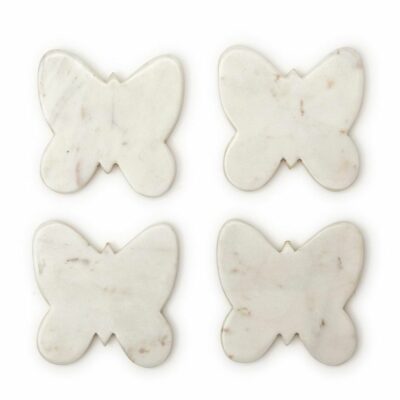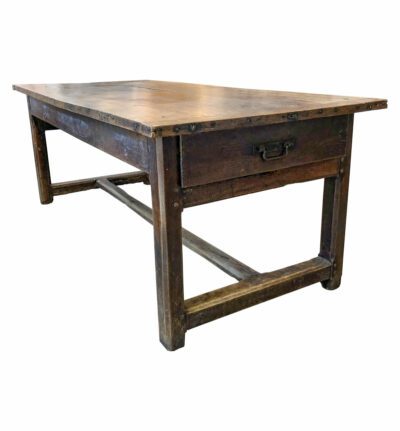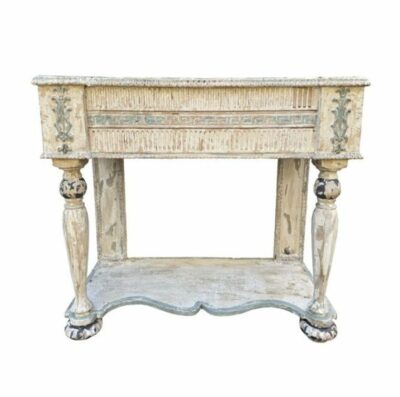When it comes to furniture, few things are as satisfying as completing a DIY project. But unless you’re a carpenter or seamstress by trade, the idea of attempting to create something from scratch can be quite daunting. Still, that doesn’t mean that you can’t pour your creative energy into an existing something and walk away with a new and improved piece. A great entry-level DIY undertaking is reupholstering an antique chair. Here’s how you can make that lackluster old seat into something new and special.
1. Start with a Clean Slate – Unless the chair you’re reupholstering has already been stripped, you’ll need to remove the staples, nails and old fabric. A decent upholstery tack remover only costs around $10 and will be much easier to use than a flathead screwdriver. Keep the fabric pieces you remove so you have a pattern for cutting out the new fabric. Also, assuming they’re in good condition and not too bent, save the nails and staples if you plan to reuse them.
Note: It helps to take very detailed photos of your chair as you deconstruct it. Use them as references in case you forget how and where to staple and attach pieces.
2. Gather Your Materials – When it comes to the new fabric, select a fabric that is stain resistant and heavy enough to withstand the wear and tear of being sat on. Also, don’t scrimp on the material. It’s always safer to have more than you need so you don’t get halfway through the project only to realize that you don’t have enough. Use the old scraps of fabric as references for how much you need. You may also want to replace the cushioning or springs in which case you’ll need materials like foam, coils, twine and webbing. (Here is a helpful and more detailed article on how to replace old chair springs.)
4. Round Up the Tools – First and foremost, you’ll need a staple gun. The quality and caliber of your gun will determine how easy it is to drive the staples in and how long they’ll stay in. If you end up with a cheaper model ($10-$20), you may find yourself frustrated or needing a hammer for the more stubborn staples. The Rolls Royce of staple guns would be a pneumatic stapler because they make the process as smooth and seamless as possible. However, they can set you back as much as $400. You’ll also want a tape measurer and heavy-duty scissors and a utility knife for trimming the fabric. A hammer will be handy for driving in nails—especially if you’re replacing the springs and you need to secure the twine to the frame.
5. Start Stretching and Stapling – Once you have your new fabric cut, smooth out the wrinkles and stretch it taut over the parts that need reupholstering. Fold or gather the fabric so you don’t have unsightly raw edges showing. Then start stapling—referring to the photos if necessary. If you don’t like the seams being visible, you can use a hot glue gun to add a more aesthetically pleasing trim or piping. Welting and decorative tacks can also be used to cover exposed nails or staples.
6. Sit Down and Celebrate – Congratulations on re-upholstering your antique chair! Assuming you did a sound job of reassembling the chair (that’s where the photos from Step 1 come in handy), sit back, relax and make a toast to yourself for taking on—and more importantly, completing—a DIY project.






